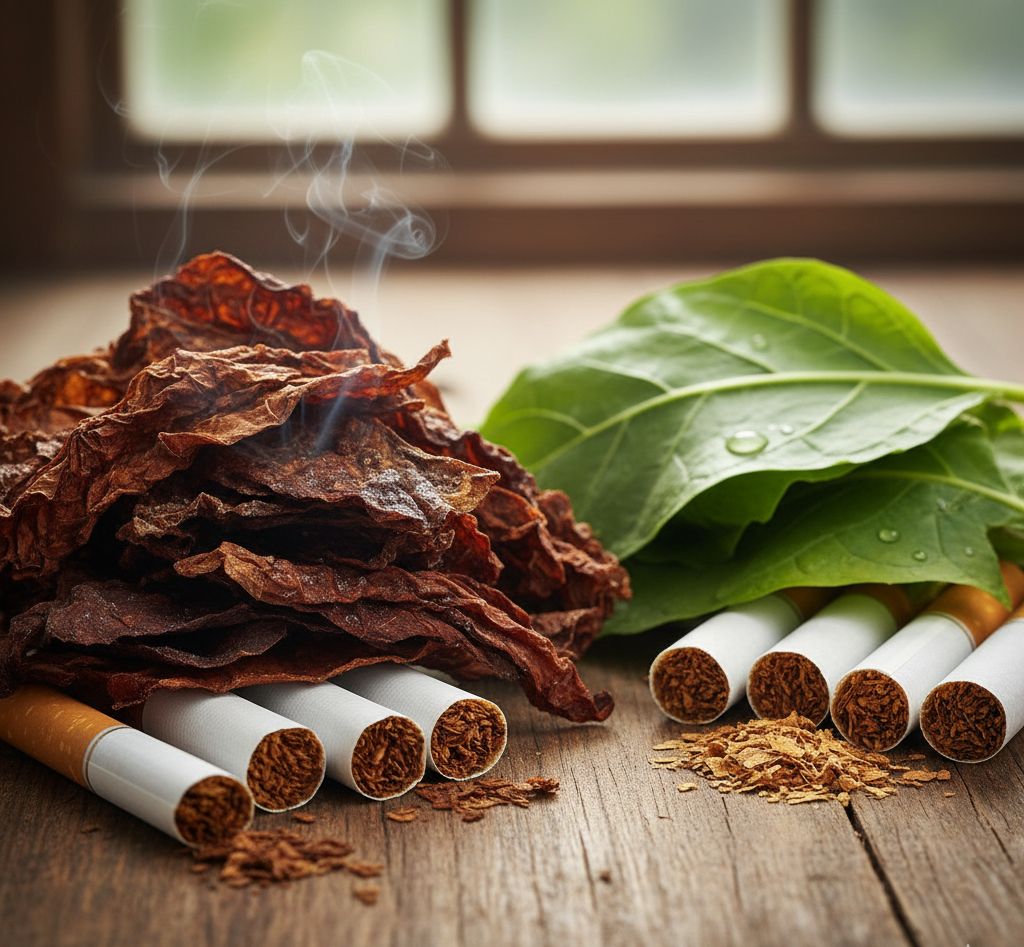
When it comes to cigarettes, flavor is everything. Smokers often choose their brand not just for strength, nicotine delivery, or packaging design, but for the unique taste and aroma that set it apart. One of the most crucial factors influencing cigarette flavor is tobacco aging.
This natural yet scientifically guided process transforms freshly cured tobacco leaves into smooth, rich, and more balanced blends that define the character of every cigarette. Without aging, tobacco would taste harsh, grassy, or even unpleasant. With proper aging, it delivers the smoothness and complexity that smokers expect from their favorite brands.
In this guide, we’ll explore the history, science, methods, challenges, and innovations of tobacco aging — and how it ties into the use of modern Tobacco Machinery in large-scale cigarette manufacturing.
Tobacco has been cultivated for centuries, and early users discovered that freshly cured leaves produced harsh smoke. Over time, farmers learned that letting tobacco rest improved its smoothness and flavor.
This journey shows that aging is not just a production step — it is a tradition rooted in centuries of refinement.
The flavor of a cigarette depends on a delicate balance of natural tobacco compounds. Without aging, the smoke can feel raw, acidic, or bitter. With aging, the same tobacco develops:
Simply put, aging is what separates ordinary cigarettes from premium ones.
Tobacco aging is not just about time; it is about controlled chemical transformations:
This is why manufacturers carefully monitor humidity, airflow, and temperature in storage facilities.
Not all cigarettes use the same aging process. The method chosen depends on brand identity, cost, and production scale.
Tobacco aging enhances multiple sensory aspects of smoking:
Role of Modern Machinery in Tobacco Aging
Even though aging is a natural process, modern production relies on machinery to maintain consistency.
The harmony of aging and machinery is what allows global cigarette brands to maintain consistency at scale.
Every cigarette brand positions itself differently, and aging plays a direct role in shaping brand identity:
For example, in competitive markets like Cigarette Brands Dubai, consumers recognize and remain loyal to specific flavor signatures created through unique aging processes.
From a manufacturer’s perspective, aging is both an investment and a challenge:
This is why not all cigarettes on the market undergo extended aging — it’s a balance of quality, cost, and demand.
Market research shows that smokers prefer smoother, richer, and less harsh cigarettes. Aged tobacco directly meets these expectations.
This explains why some brands market their products as “matured” or “selectively aged.”
While essential, aging is not without difficulties:
The future of aging combines tradition with technology:
Q1: Can fresh tobacco be used directly in cigarettes?
Yes, but it would taste harsh, bitter, and lack smoothness.
Q2: How long does tobacco usually age?
Between 6 months and 5 years, depending on brand requirements.
Q3: Do all cigarettes use aged tobacco?
Most commercial brands use some form of aging, though length and method differ.
Q4: Does longer aging always mean better cigarettes?
Not always. Over-aging can reduce flavor intensity. Balance is key.
Tobacco aging is one of the most important processes in creating the distinct flavors that define cigarette brands worldwide. From reducing harshness and enhancing aroma to adding complexity and consistency, it transforms raw tobacco into a refined product.
When paired with advanced production equipment such as Cigarette Making Machines, Cigarette Filter Making Machines, and Cigarette Packing Machines, the aging process ensures that smokers experience the same high-quality flavor every time.
In essence, tobacco aging is not just a scientific process — it’s the bridge between tradition, technology, and consumer satisfaction.
We specialize in the provision of Tobacco Machinery. Our expertise encompasses not only the trading of machinery but also extends to being a dedicated supplier. This specialization is enriched by our comprehensive solutions tailored for emerging Cigarette Companies. What sets us apart is our ability to offer firsthand insights through our active Cigarette Manufacturing operation in the UAE.